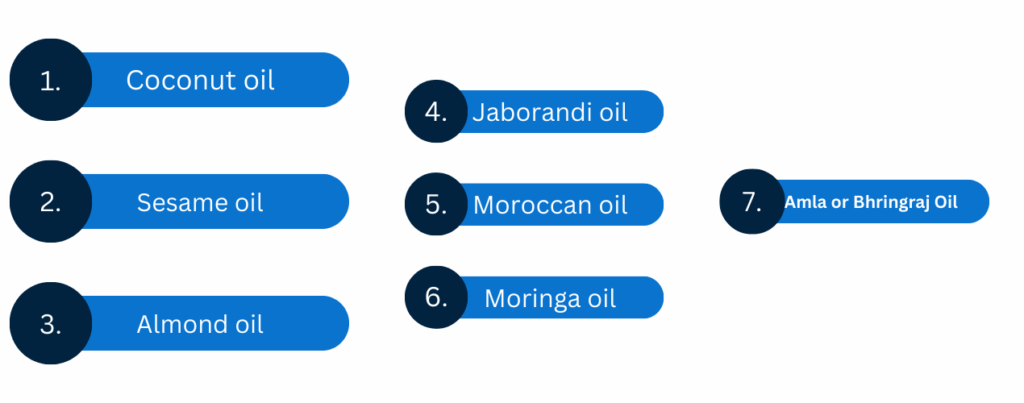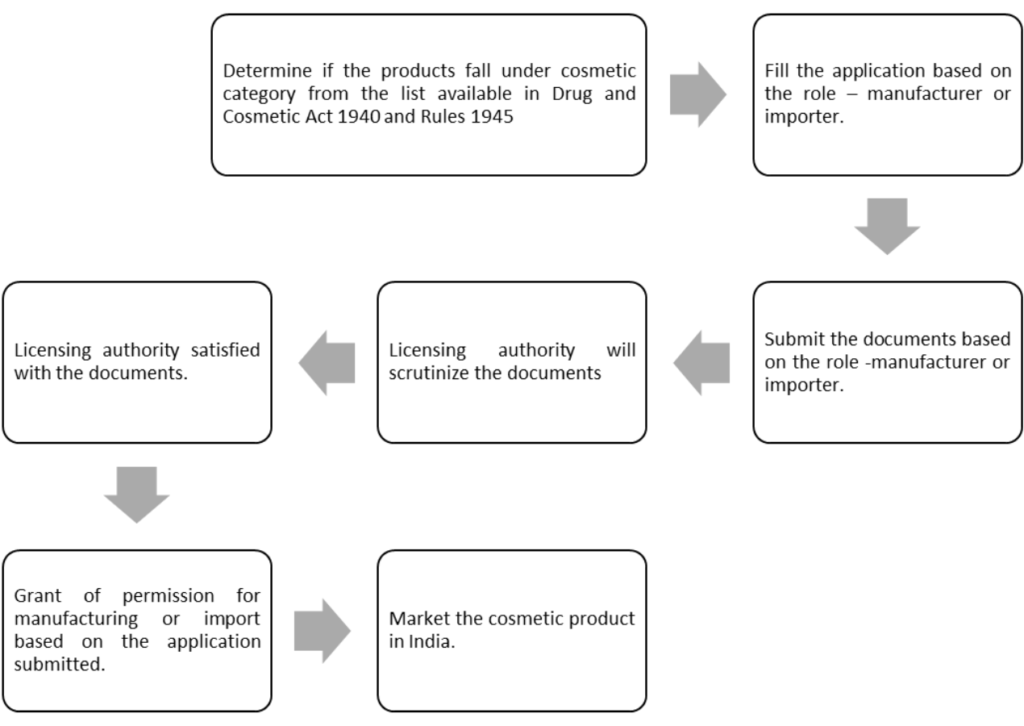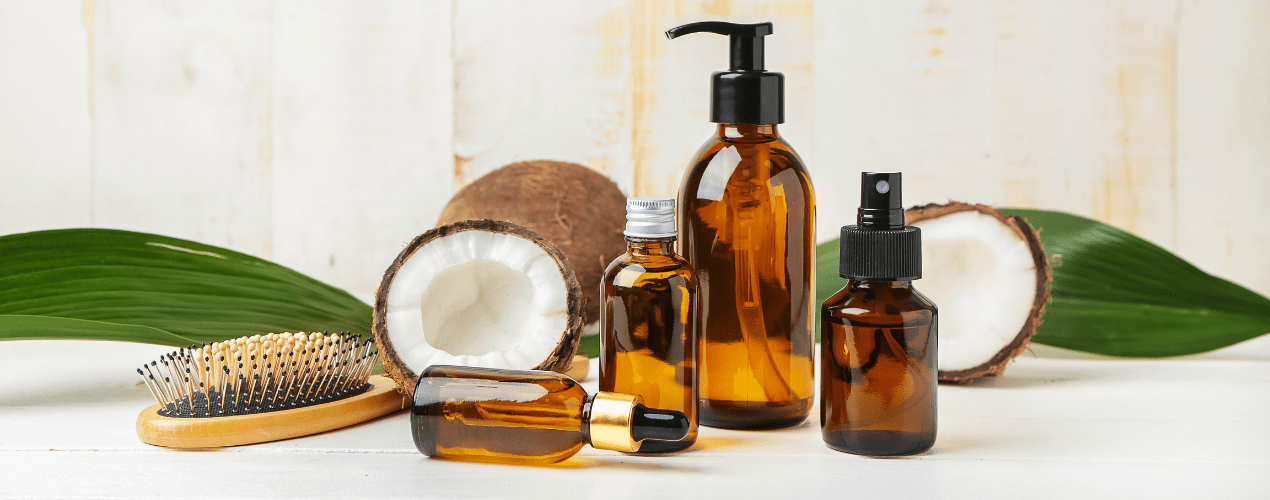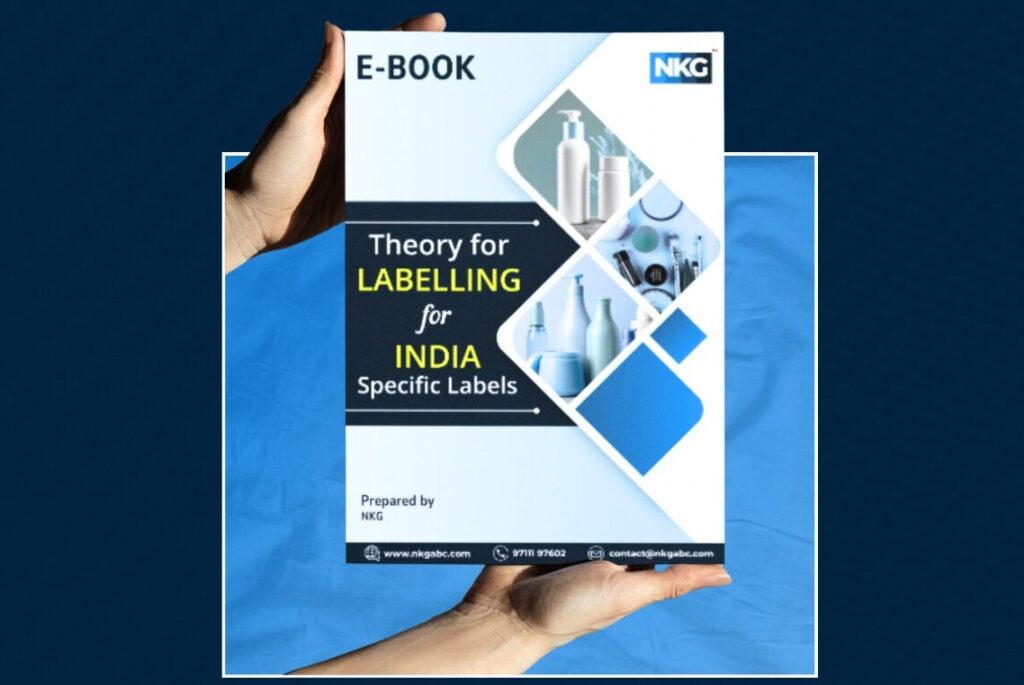Start Hair Oil Manufacturing in India
1) Overview
The Central Drugs Standard Control Organization (CDSCO) is the regulatory body in India responsible for overseeing the sale of drugs, cosmetics, and medical equipment in the country. Its primary objective is to ensure that the products reaching the market are safe, effective, and offer a favorable risk-benefit ratio. CDSCO emphasizes fair trade practices and aims to empower consumers to make informed choices based on their cultural, religious, and health preferences. To achieve these goals, CDSCO closely monitors the entire lifecycle of products, from manufacturing and distribution to labeling, packaging, and advertising. By regulating these aspects, CDSCO ensures that consumers are well-informed about the products they use.
For cosmetics regulation in India, CDSCO adheres to the Rules of 1945 and the Drug and Cosmetic Act of 1940. These comprehensive regulations provide a framework for manufacturers and importers entering the cosmetics market in India. All aspects of the process, including production, importation, storage, labeling, transportation, and marketing, must comply with these regulations to ensure consumer safety and product quality. By continuously updating and implementing new rules, CDSCO aims to streamline processes and improve the experience for both consumers and traders in the Indian market.
2) What are cosmetics ?
As per the Drugs and Cosmetics Act of 1940, Cosmetics is “any article that can be rubbed, poured, sprinkled, sprayed, applied or introduced to any part of the human body to increase the beauty, appearance or attractiveness or any part that consumers can use in cosmetics.
3) What is Hair Oil ?
An oil-based cosmetic product called hair oil is used to treat hair problems. Hair oil products may contain a variety of oils. Many of these claims to help with hair growth, dryness, or damage.
4) Types of Hair Oil

7 different types of hair oil can be used based on the requirement.
- Coconut oil – Lauric acid is the main fatty acid in coconut oil. It bonds to hair protein with a high affinity, which allows it to easily penetrate the hair shaft. As a result, it ranks among the best oils for reducing protein loss from both damaged and healthy hair.
- Sesame oil: “It’s high in vitamin B1, calcium, copper, phosphorus, iron, magnesium, manganese, and zinc,”. “Sesame oil also conditions the scalp deeply and nourishes the hair shaft. Its antifungal and antibacterial properties might aid in preventing dandruff.
- Almond oil – Almond oil is slightly thicker than coconut oil but lighter than sesame oil in weight. For Pitta types, it’s good oil. Vitamins B, K, and E are found in almond oil.
- Jaborandi oil: This South American herbal plant, native to the tropics, is widely used in shampoos and gels.
- Moroccan oil is another name for argan oil, which is also known as. It is rich in antioxidants, omega-3 fatty acids, and vitamins A, C, and E, according to Garodia.
- Moringa oil: Moringa oil is effective for treating dry hair. It has oleic acid, which makes it an effective hair moisturiser.
- Amla or Bhringraj Oil: Amla or Bhringraj Oil is used on pitta-type hair. Both oils have a cooling effect and support the pitta dosha’s balance.
5) Category of makeup
Unlike medical devices, CDSCO does not classify cosmetics into different classes based on the risks involved. While cosmetics are categorized as per the category list given by the authority depending upon their intended use. The hair oil is categorised into Hair and scalp products under Hair and scalp care and cleansing products.
6) Forms required
Application Form | Approval Form | Fees | Licensing authority | Validity | Penalty |
Form Cos -1: Application to import cosmetic | Form Cos- 2: Permission to import cosmetics | $1000 for each category+ $50 for each variant + $500 for each manufacturing site |
CDSCO | Five years | Under section 10 A, a person can get imprisonment for three years, a five thousand fine, or both. |
Form Cos– 5: Application to manufacture cosmetic | Form Cos– 8: Permission to manufacture cosmetics | Rs. 10,000/- (Ten items of each category are free) | Five years | A person can get imprisonment for one year, a one thousand fine, or both, which can be extended to 2 years imprisonment and a fine up to INR 2000. | |
Form Cos– 6: Loan license application to manufacture cosmetics. | Form Cos– 9: Permission for loan license to manufacture cosmetics. | Rs. 2500 and Rs. 1000 inspection fees for each inspection. | Five years | NA |
7) Documents for the cosmetics business
To manufacture | To import |
Form Cos –5; | List of documents required for Import registration in COS-2: |
Adhar card number with valid mobile number (mandatory) | Document required from the overseas manufacturer: Legal documents (which need to be attested): · First Schedule · Frees Sale certificate. · GMP certificate of an actual manufacturing site – Technical Documents (on manufacturer’s letterhead with a sign and stamp): · Product Specification/COA · Ingredients List · Testing Method · Heavy Metal declaration · Non-animal testing declaration |
Fees challan; Cover letter | Documents from Authorised Agent: · Cover Letter · Second Schedule
The applicant must provide the translated version if any documents are in a foreign language. |
Ownership of the cosmetics brand. |
After getting the registration certificate, · If there are any changes in labeling or composition or testing, specification, or documentation of any of the cosmetics pertaining to this Registration Certificate, etc., then it needs to be informed to CLA within 30 days of such changes. · And if there is any Change in Name or address of the Authorized Agent or Legal manufacturer without constitutional change, then it needs to be informed to CLA within 60 days of such changes. |
Documents of the firm constitution, such as the article of association | An affidavit shall be present if there is no provision for a manufacturing license for cosmetics in a country. |
Declaration of partners and the list with the names of Directors, Partners, and Trustees with their complete addresses | For those cosmetics products imported for R & D purpose registration certificate is not required. |
Power of Attorney on behalf of the company to authorized agents to submit applications | Fresh/ New registration cases: · Any change in the constitution of a Licensee. · In case of acquisition or merger of the company with any other company. · Change in share capital or Board of Directors. · Proprietorship to a partnership, including Limited Liability Partnership or vice versa. · Conversion from a private to a public company or from a public to a private company |
Approved layout plan for manufacturing site with the section-wise layout of the site and machines. | No fresh/new registration cases: · Testing Method change. · Composition change · Updates in packs and labels · Minor manufacturing changes not affecting the final product. · Change in Name or address of Authorized agent or Legal manufacturer without constitutional change.
v A fresh registration certificate has been taken from the CLA within 180 days of such change. |
Possession of documents such as ownership. Registry, lease, rent papers. |
|
Master file of the site. |
|
List of the plant according to a section of machinery and safety equipment |
|
Technical staff’s full particulars. |
|
Declaration of manufacturing analytical chemist |
|
List of cosmetic products with their composition formula and manner of labelling. |
|
Manufacturing process details, flow chart of the process. |
|
Details of the water system with water testing report. |
|
Registration from the district industries centre. |
|
Permission from state pollution control for manufacturing site |
|
NOC from the fire safety office |
|
Approval from the government for testing. |
|

Conclusion:
During the forecast period (2023-2028), the size of the India Hair Oil Market is anticipated to increase from USD 1.69 billion in 2023 to USD 2.25 billion, at a CAGR of 5.80%. Due to the custom of frequently oiling the head, India has long been a significant market for hair oil. Due to its long-standing hair-oiling customs, India is leading the world in hair oils, and as a result, many brands are providing unique products for the country’s various demographics.
Because of this, the Indian government is collaborating with CDSCO to regulate the cosmetic industry in order to shield consumers from misleading advertising and to provide them with a variety of options. In order to enter the market, new producers and importers must first understand the market’s dynamics and follow the regulations for product registration.







